Cleaning Seeds of Fireweed – A Tricky Proposition
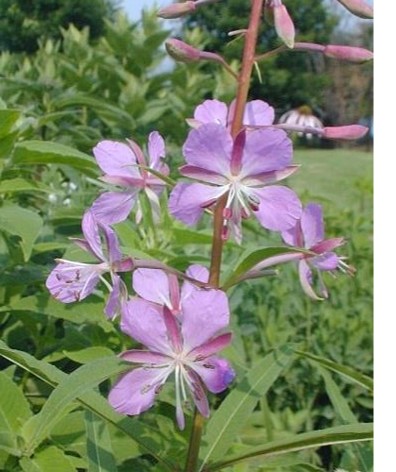
Fireweed (Chamerion angustifolium ssp. circumvagum) was collected for the Seed Bank at Spring Bluff Nature Preserve, Lake County, Illinois in a sandy swale near Lake Michigan. This species is more common northward, but has adapted to the cool microhabitat provided by Lake Michigan. A poor competitor with other native species it germinates after a fire, persists until competition from its neighbors becomes too intense and then moves on the wind via its fluffy seeds to a new, more appropriate habitat.
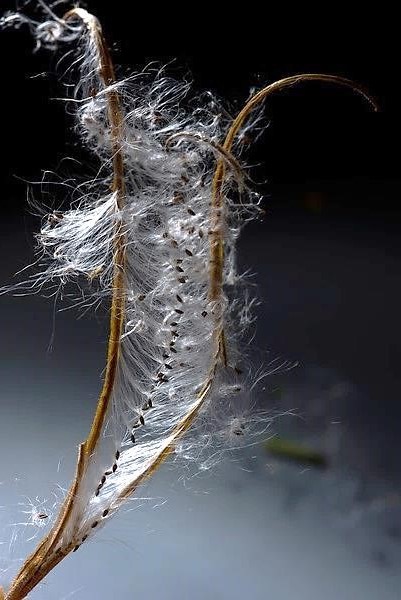
The seed pod of Fireweed splits open to reveal a row of tiny seeds beset with long silky hairs (coma). Although well adapted to disperse its seeds on a windy day, the hairs makes counting the seeds before submission into the seed bank a difficult task. Removing the hairs aids in the counting process.
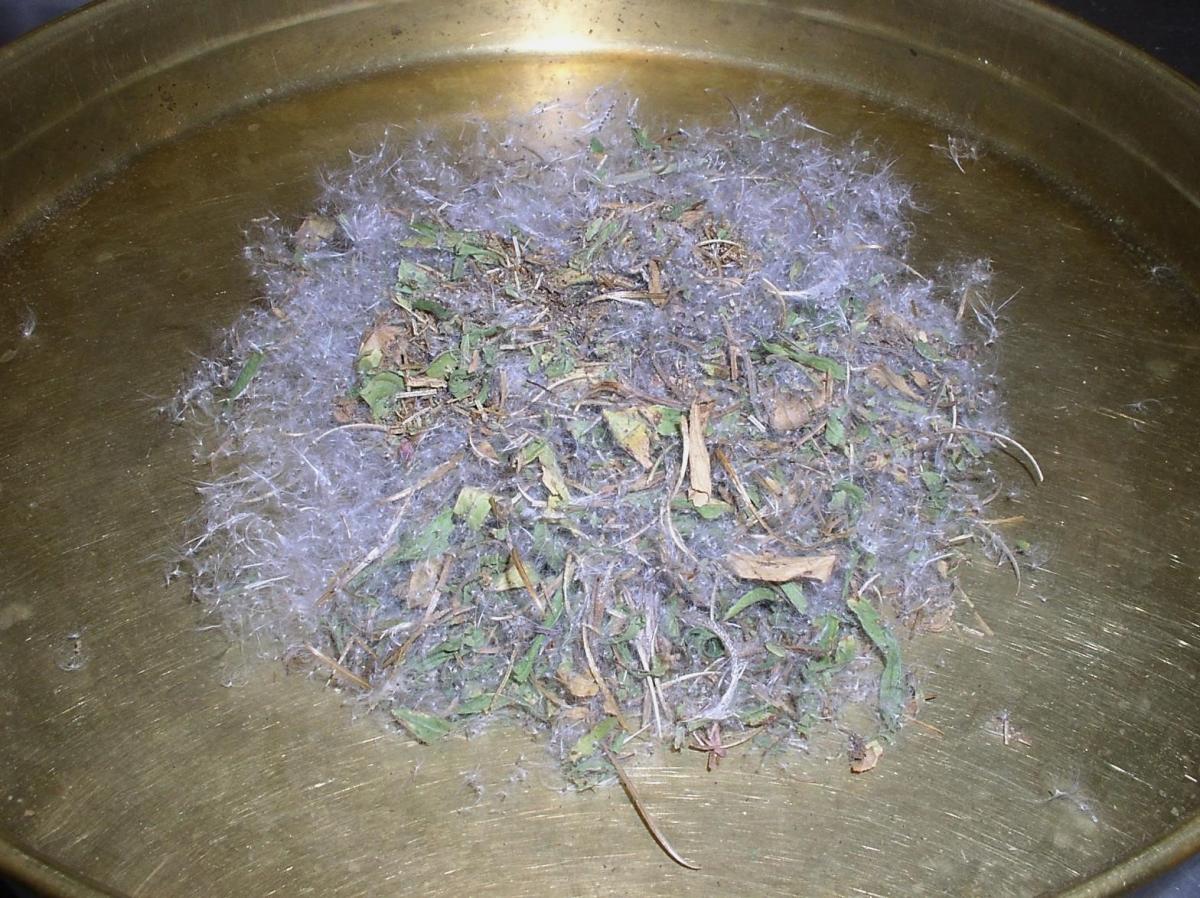
The seed collection of Fireweed is a jumble of fruits, leaves and seeds. Our goal is to extract the seeds.
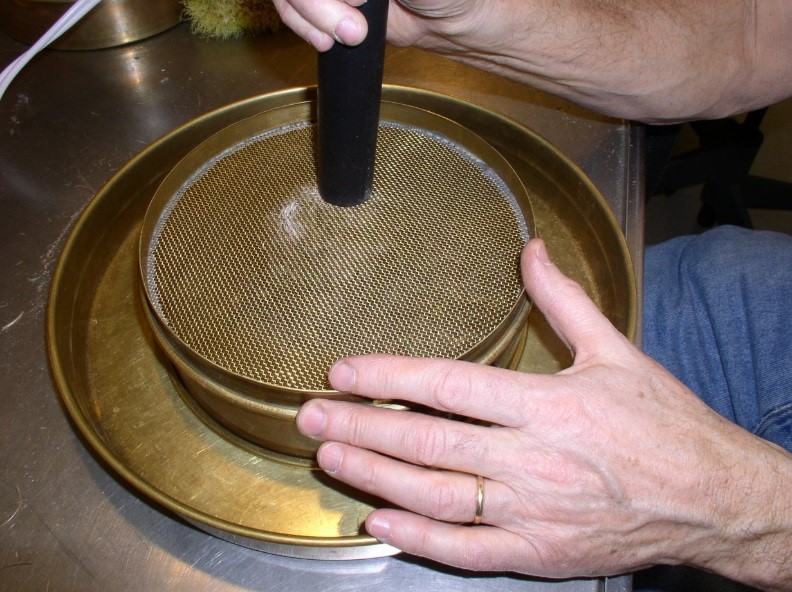
The first step is remove the seeds and attached hairs by sucking them through a sieve with a vacuum. With the correct size sieve, the seeds will be pulled through the screen and most of the other larger, extraneous plant materials (chaff) will be left behind.
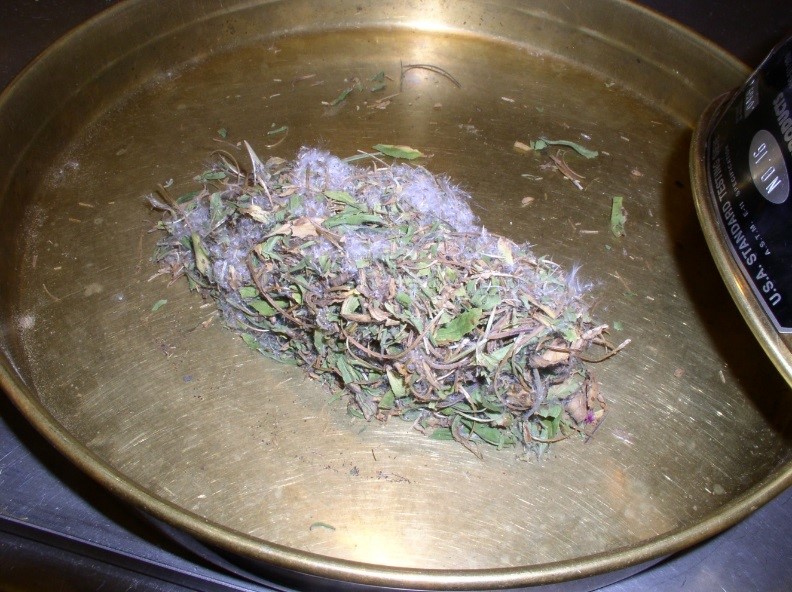
Half way there - still a few more seeds to vacuum through the screen.
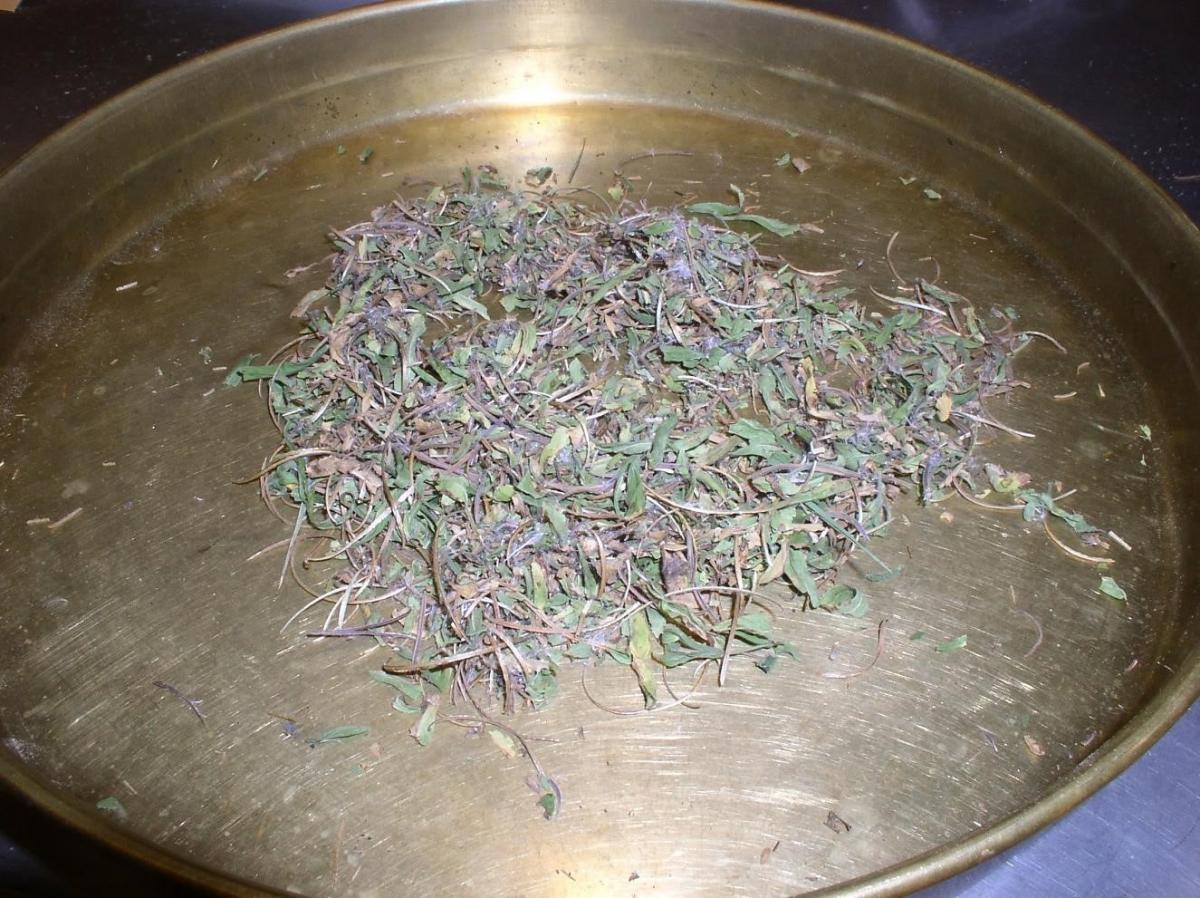
Seeds removed with nothing but chaff left over.
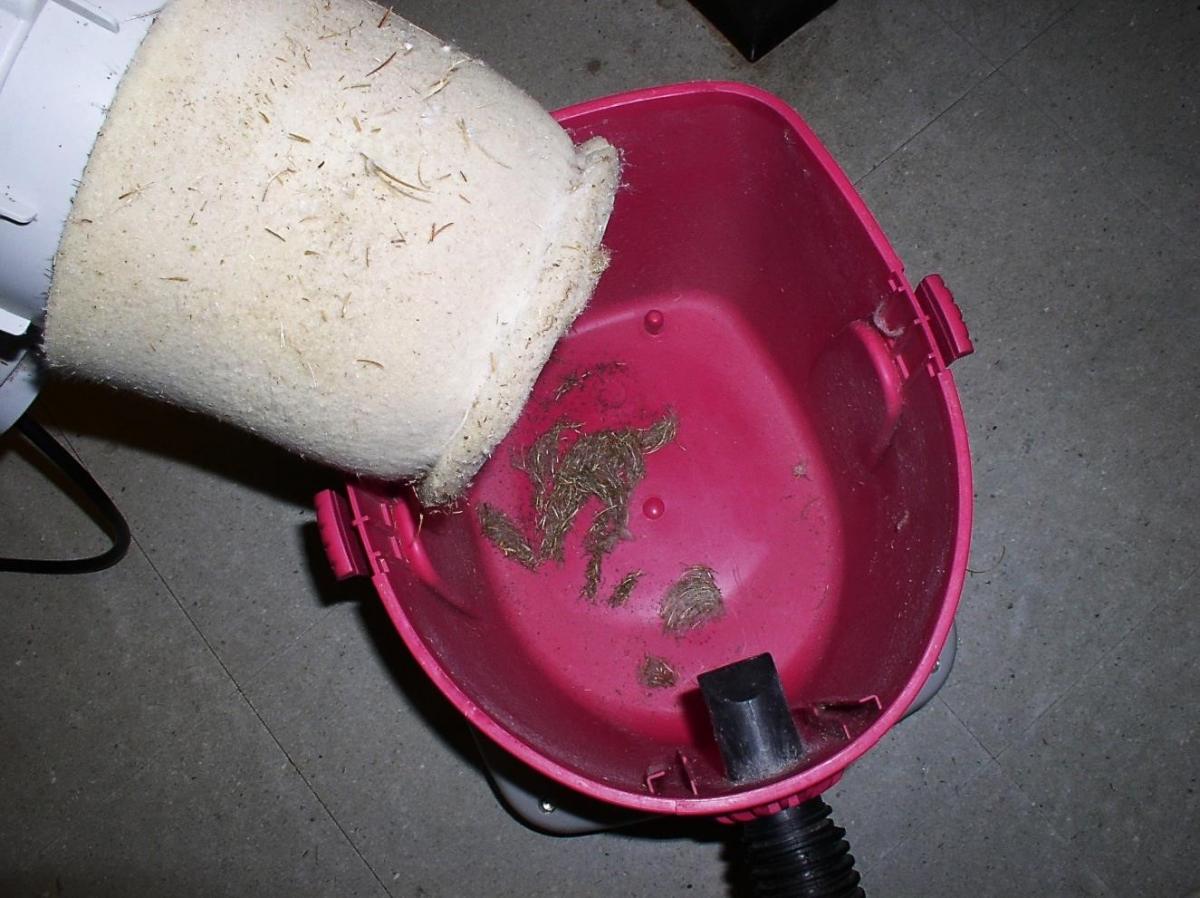
Removing the top of the canister vacuum you can see much of the fluffy hairs adhering to the foam filter core. At the bottom of the canister is mostly seeds, free of its coma.
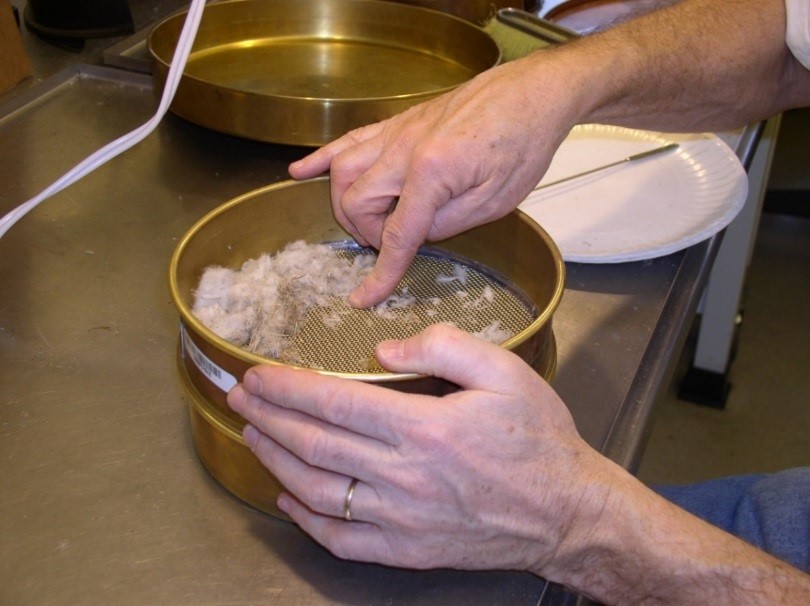
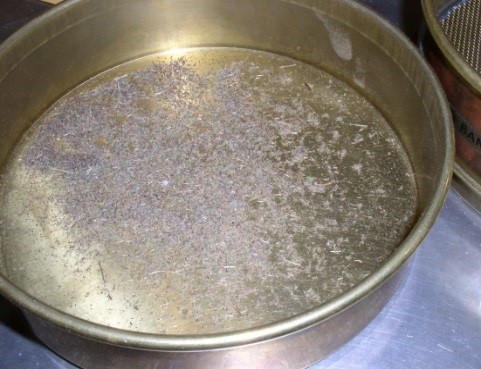
Although most of the seeds are concentrated at the bottom of the canister, there are still a few intertwined with the coma adhering to the vacuum’s filter. To separate these seeds, the coma/seed mixture is removed from the filter and pressed through a fine screen to separate the seeds. The image on the right shows the results of working the seeds through a sieve.
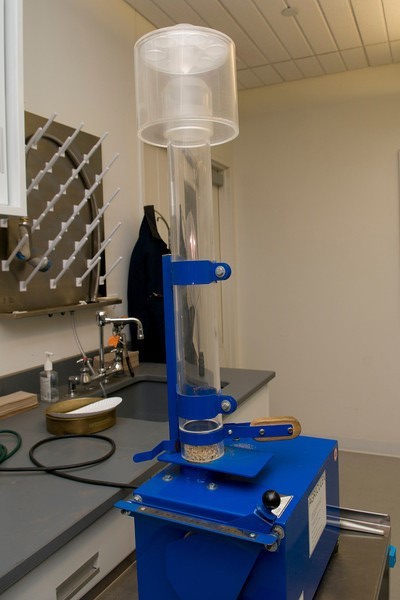
The final step in the cleaning process is to use a column blower to remove the majority of the fine debris from the seeds retrieved from the bottom of the vacuum canister and those that were pressed through the sieve. The column blower uses air to separate the denser seeds from the lighter debris, which may include unfilled, non-viable seeds.
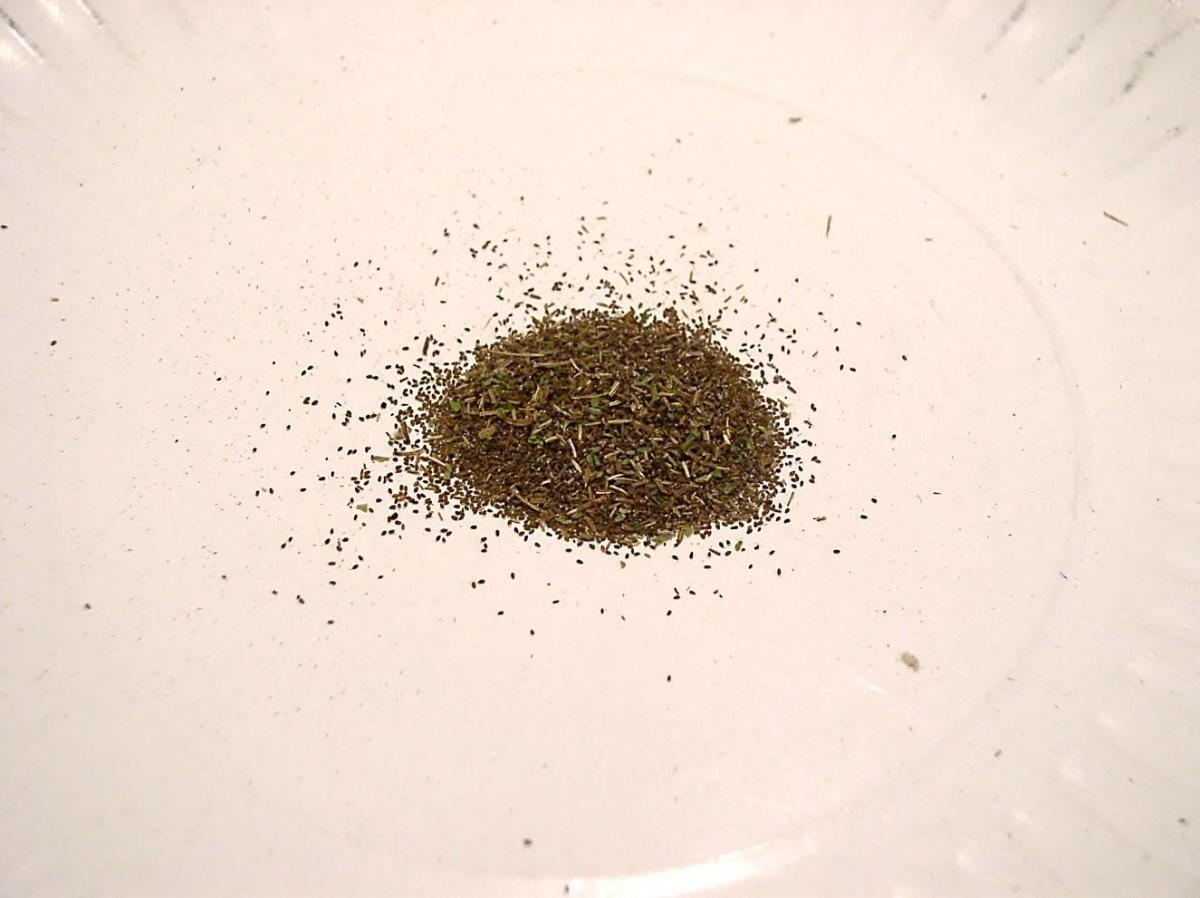
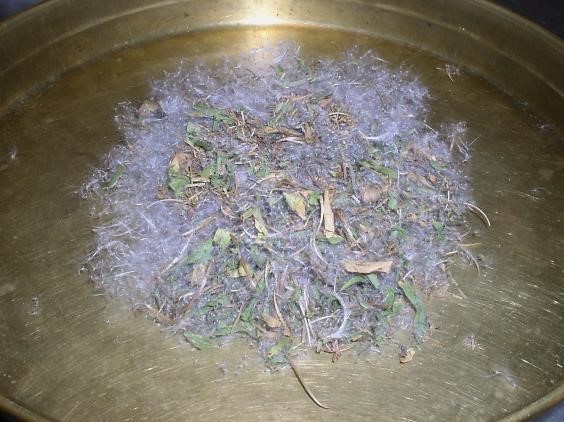
After the cleaning process, the seeds are free of their attending hairs, nonviable seeds and most of the debris making it much easier to count them for our records. It is not perfect - note that the chaff with the same density as the seeds is still present - but the end results are considerably better than what we started with (image on right).
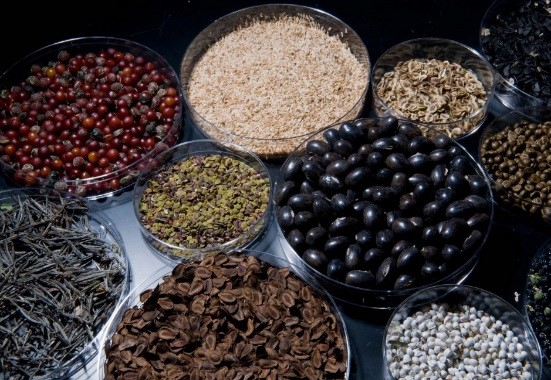
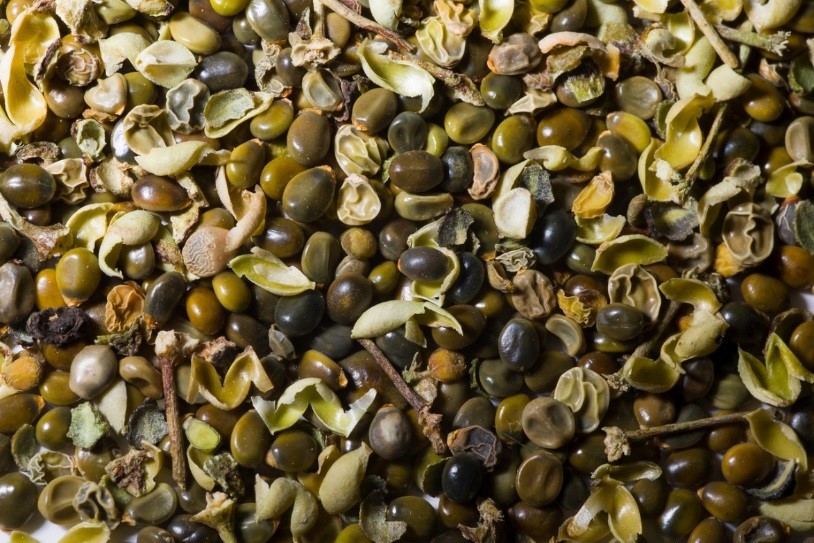
Cleaning seeds to 100% purity could mean that the heaviest and/or lightest seeds are removed from the collection which is something that we would not want to do. Saving only seeds with weights that fall into the mean and removing those at the extreme ends of the seed mass spectrum just to improve seed purity could jeopardize our goal to capture as much genetic variation in a population as possible within the confines of our collecting protocols. So if that means including a little chaff with all of the viable seeds in a collection, so be it.







